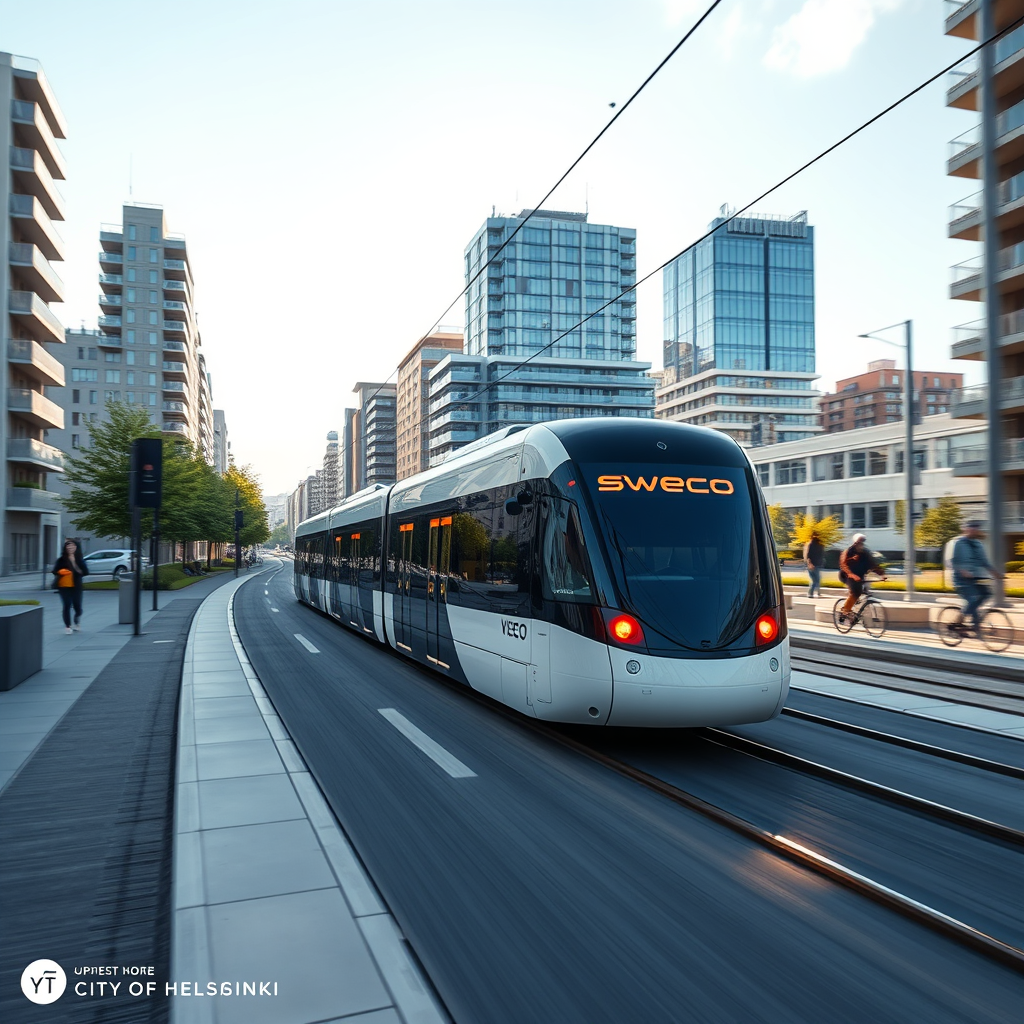Railway Coaches: Adapting for Healthcare Crises

Adapting Railway Coaches for Healthcare: A Response to Public Health Crises
This article explores the innovative and necessary adaptation of railway coaches in India as temporary isolation wards during the COVID-19 pandemic. The unprecedented surge in cases necessitated rapid deployment of additional healthcare infrastructure, prompting the Indian Railways to repurpose existing rolling stock. This initiative highlights the adaptability and resourcefulness of railway systems in responding to large-scale public health emergencies. The decision to convert train coaches, a readily available and geographically distributed resource, reflects a pragmatic approach to addressing capacity limitations within the existing healthcare system. This article will examine the design modifications, logistical implications, and broader considerations associated with this temporary healthcare solution. We will also consider the long-term implications of such emergency measures and how similar strategies can be developed and improved for future crises. The analysis covers the engineering challenges, operational considerations, and the potential for wider deployment of this approach in situations requiring rapid scaling of healthcare facilities.
Conversion of Railway Coaches into Isolation Wards
The core of this initiative involved transforming standard non-air-conditioned (non-AC) railway passenger coaches into functional isolation wards. The modification process prioritized patient safety and the well-being of healthcare personnel. Key modifications included removing middle berths on one side of each compartment to maximize space and facilitate ease of movement for both patients and medical staff. All three berths directly adjacent to the designated patient berth were removed to create a buffer zone and allow space for medical equipment and supplies. Furthermore, all ladders used to access upper berths were removed to prevent accidental injury and ensure safe passage. Modifications also included reconfiguring bathroom facilities and aisle areas to meet infection control protocols. Each compartment was designed to accommodate one patient, although the capacity could be doubled in extreme circumstances. Separate areas were designated for healthcare workers, ensuring their safety and effective patient management.
Logistical and Operational Challenges
The rapid deployment of these isolation wards presented significant logistical hurdles. The conversion process itself required specialized personnel and materials, creating demands on already strained resources. Transportation of the modified coaches to designated locations, often in remote or less accessible areas, required careful planning and coordination with other transport modes. The provision of essential utilities, including power, water, and sanitation, also needed to be addressed at each deployment site. Furthermore, ensuring adequate staffing, including doctors, nurses, and support personnel, was crucial. The initiative highlighted the importance of establishing clear communication channels and coordinated operational strategies to ensure the effective functioning of this temporary healthcare infrastructure.
Infection Control and Safety Protocols
Maintaining stringent infection control protocols was paramount within the converted coaches. This included regular disinfection procedures, the use of appropriate personal protective equipment (PPE) by healthcare workers, and strict adherence to waste management protocols for medical waste disposal. The design modifications aimed to minimize the spread of infection. This involved optimizing air circulation, providing sufficient space for isolation, and creating dedicated zones for clean and dirty materials. Implementing robust infection control measures within the confined space of a railway coach required diligent training of healthcare staff and rigorous monitoring of hygiene standards. The success of the initiative hinged upon the strict adherence to these protocols.
Conclusions and Future Implications
The conversion of railway coaches into isolation wards demonstrated the adaptability and responsiveness of the Indian Railways in facing the COVID-19 pandemic. This initiative provided a rapid and scalable solution to address the surge in cases by repurposing readily available assets. The project highlighted the importance of inter-agency cooperation and the critical role of railway infrastructure in supporting public health emergencies. The modifications made to the coaches, including the removal of berths, reconfiguration of bathrooms, and allocation of space for healthcare personnel, demonstrated effective problem-solving under pressure. While temporary, the success of this initiative provided valuable lessons for future pandemic preparedness, underscoring the potential for railway infrastructure to serve as a flexible and rapidly deployable healthcare solution in crises. The experience gained from this project should be analyzed to improve the efficiency and effectiveness of future adaptations, considering factors such as improved sanitation systems, more robust ventilation solutions, and streamlined logistical processes. This adaptation demonstrates how existing infrastructure, with minimal alterations, can be rapidly repurposed in the face of unforeseen public health challenges. Furthermore, the concept’s success may influence the integration of adaptable healthcare solutions within railway systems, potentially leading to enhanced preparedness for future crises. The strategy’s scalability and relatively low cost compared to building new facilities make it a valuable addition to emergency response planning for various countries facing similar challenges.


